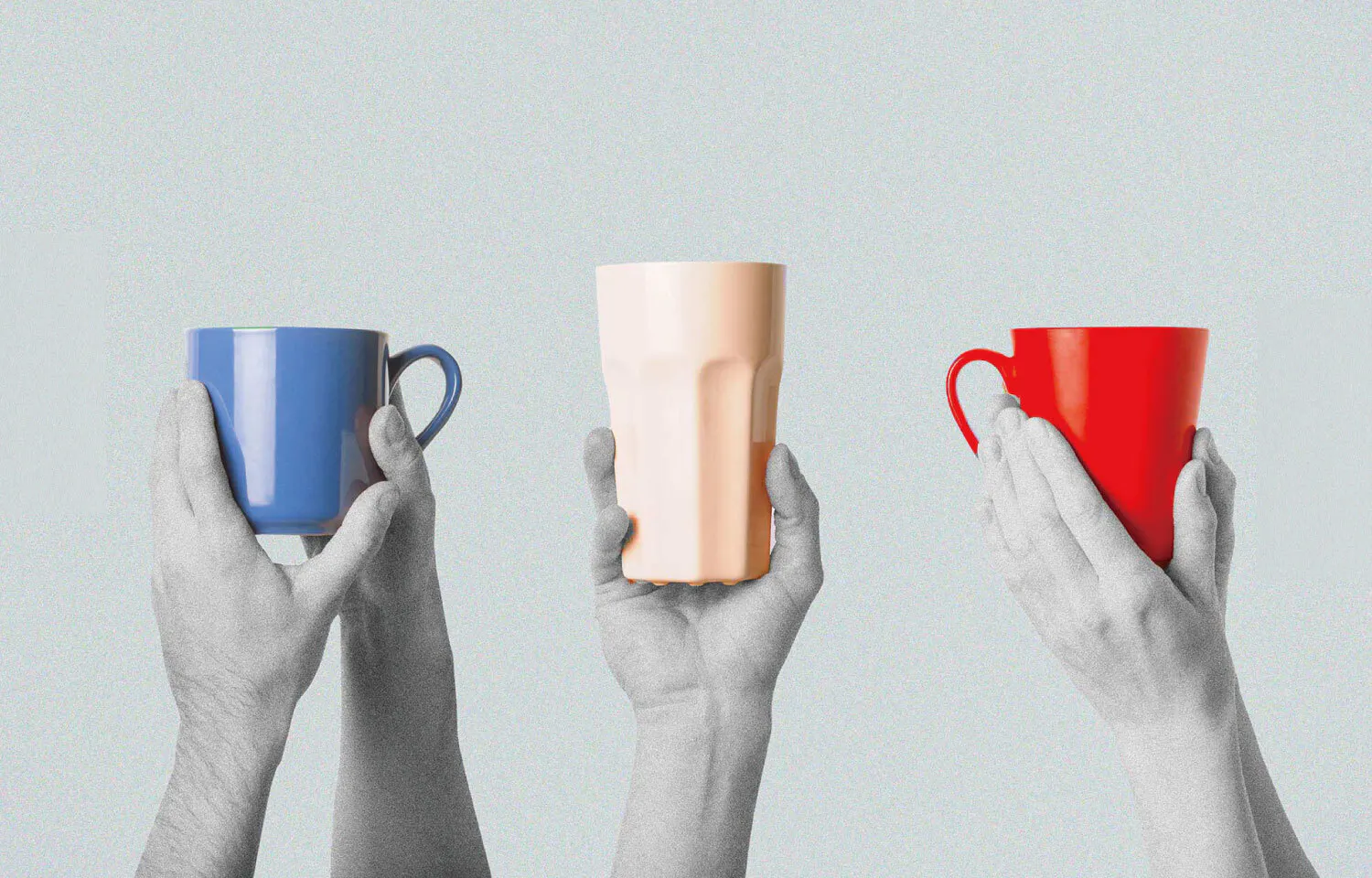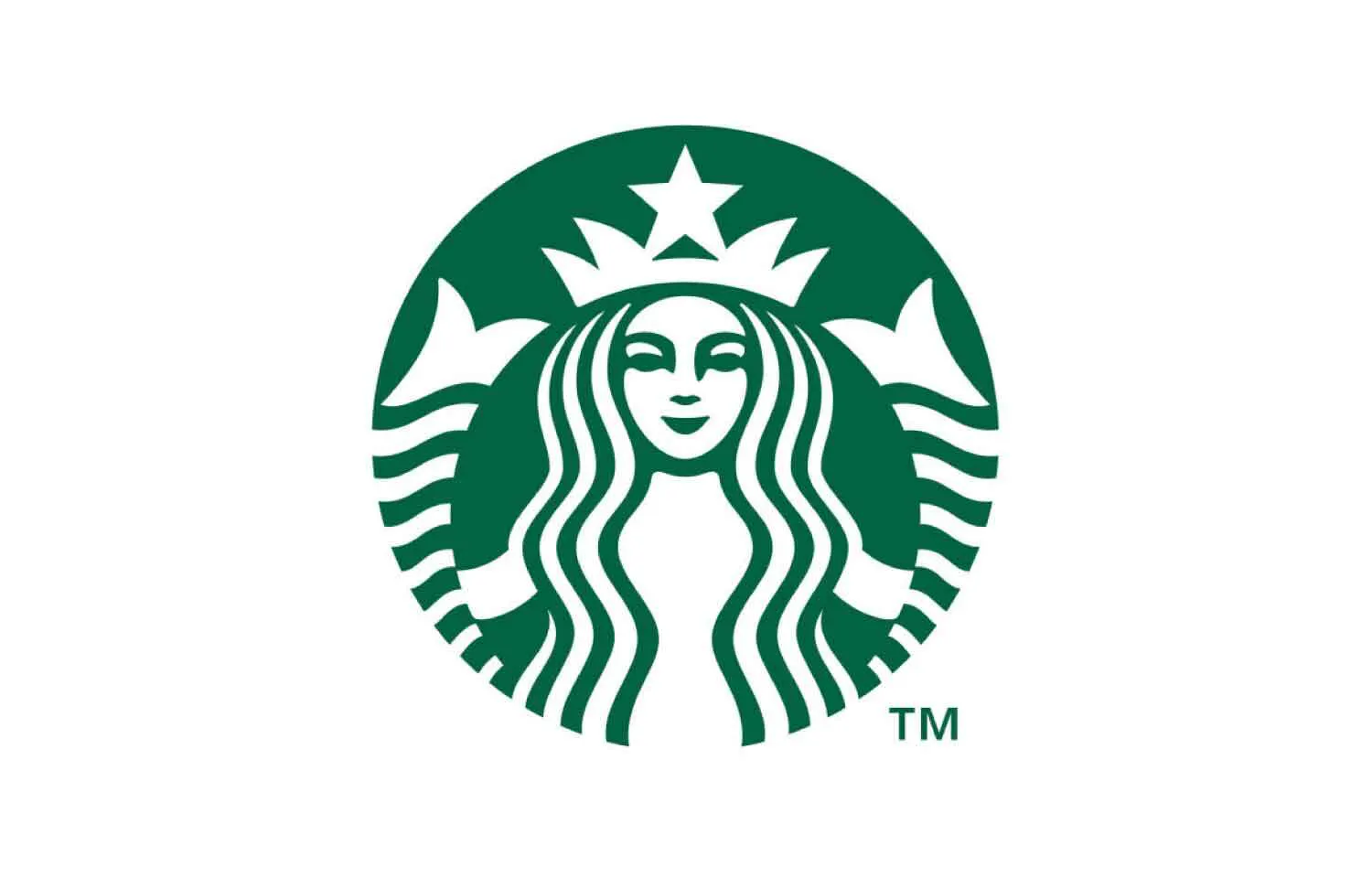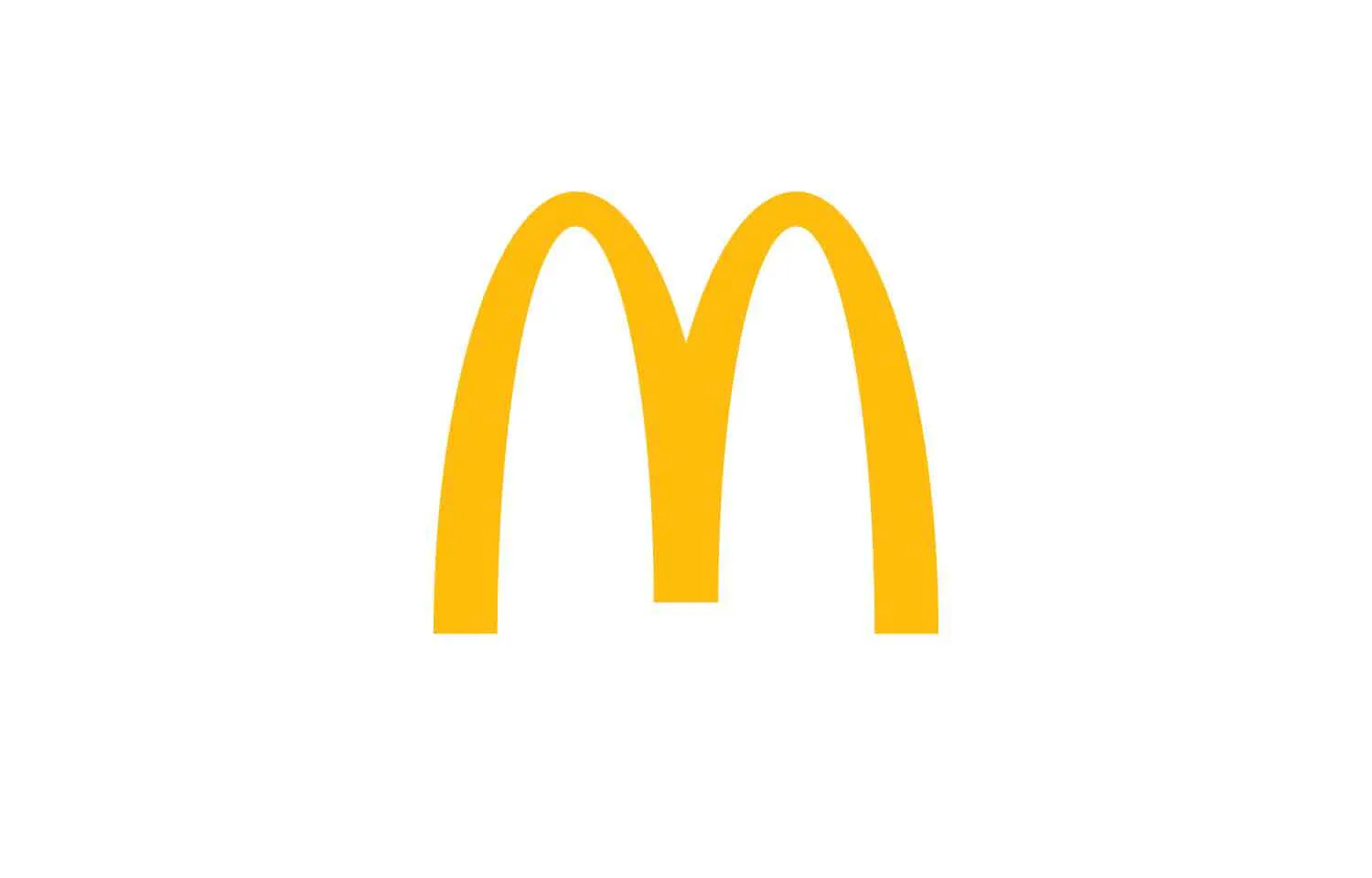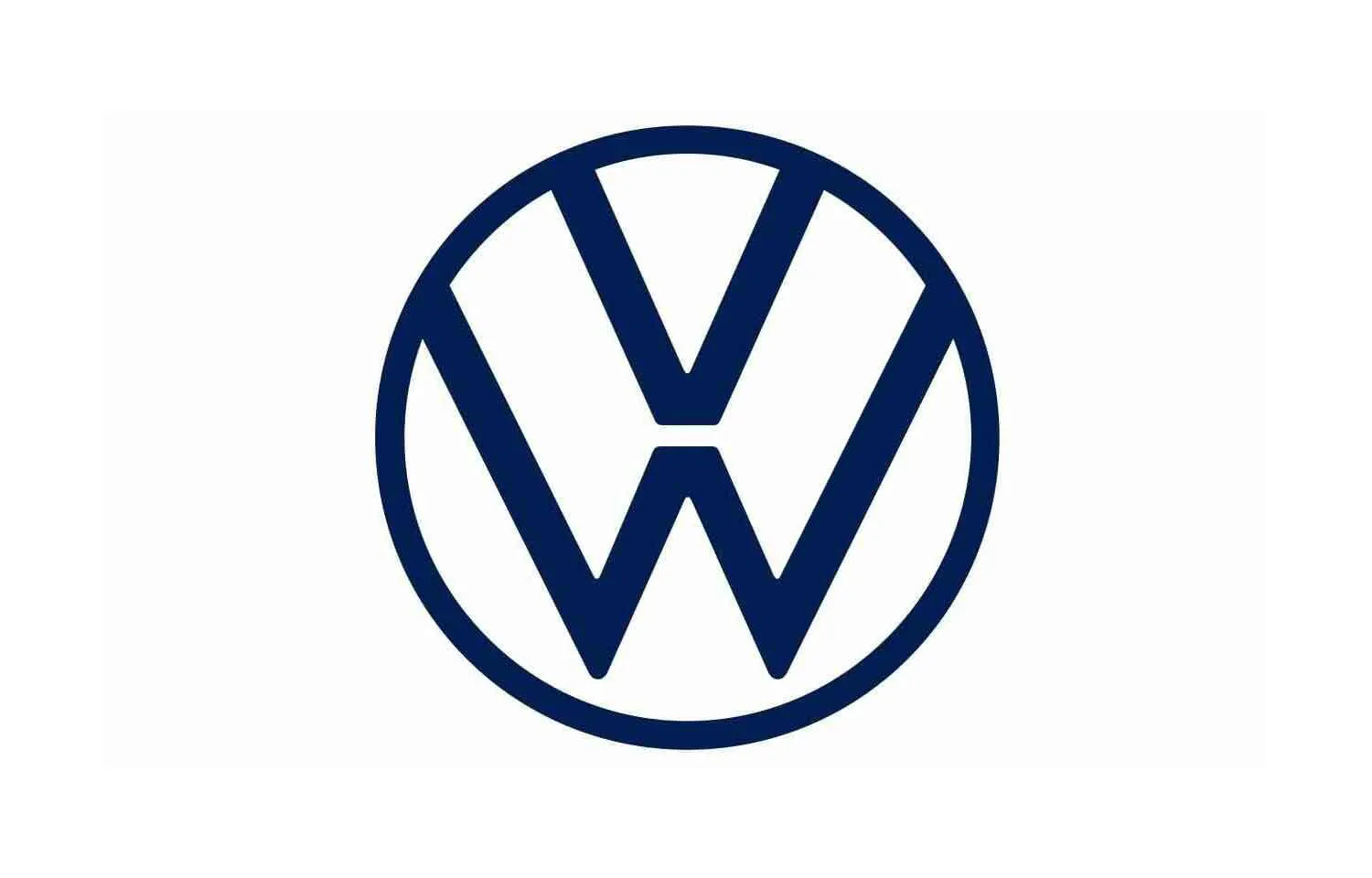- BRANDING
- Vol.137
アートディレクター
G.H.
- Vol.137
- BRANDING
- 2022.4.18
Colors and branding
When you look at nature and things used in our daily lives, you see many different colors. Even the same tree has different levels of green color. colors have a certain meaning and effect in our life so people usually feel relaxed when looking at the beautiful green color of trees and grass, they feel safe and calm. in today's tip, I am going to discuss the effect of colors and how it can be involved in branding.

Colors meaning and effect
It is world wide known that colors in traffic lights mean the following.
Red is for stop, yellow is for slow down and green is for go.
Why was red chosen to stop? It is because the color red is partially associated with danger. while the color green is associated with comfort and safety. And yellow is a bright color that is associated with a slight warning message in case of a traffic light.
Now how about the exit sign in an aircraft or buildings? It is usually green, the reason behind its color is to get people's attention when lights are out in case of emergencies.
However, most road signs are usually red for the same reason, to get people's attention and urge them to follow the rules.
In our minds we subconsciously understand these signs and take them for a fact. At the same time when we see the red color on a fried potato box we feel hungry and have a desire to eat but would we feel the same way if we saw a red bottle for water? I don't think so, I think most people would prefer a colorless see through bottle of water to have the desire to drink.
Color meanings come from psychological effects, biological conditioning and cultural developments. Some color meanings are rooted in our brains because they’re visible all around us, like red as the color of heart being associated with love or blue with sky. We’re biologically wired to pay attention to bright colors because brightly colored animals or plants are often poisonous. We’re drawn to red fruit over green fruit because the color indicates ripeness and sweetness.
Colors meanings and associations
Here are some color meanings that may be perceived differently according to cultural differences.
however the typical image and meaning of colors is usually as follows.
Red is for energy, passion and danger
Orange is for creativity, youth and enthusiasm
Yellow is for happiness, hope and spontaneity
Green is for nature, growth and harmony—but also wealth and stability
Blue is for calm, trust and intelligence
Purple is for luxury, mystery and spirituality
Pink is for playfulness and romance
Brown is for wholesomeness, warmth and honesty
Black is for elegance, power and sophistication
White is for minimalism and simplicity
Gray is for professionalism, formality and conventionality
Color Codes
There are three color codes you need to be aware of to ensure your brand colors can be accurately replicated, no matter where they appear. You don’t need to understand these codes completely but you do need to know what your brand colors are in each format, appearing as a series of numbers for each color.
CMYK and PMS: CMYK stands for Cyan, Magenta, Yellow, and Key (black) while PMS stands for Pantone Matching System. These are used for printing, either off-set digitally.
RGB and HEX: RGB stands for Red, Green, Blue while HEX stands for Hexadecimal Numeral System. These are predominantly found on screens for things like websites and emails.
Some brands and their colors
Color choices are meaningful across online communication and marketing materials: website, social media, emails, presentations as well as offline tools like flyers and product packaging. Here are some of the most popular brands around the world and the reason behind choosing their color.

Starbucks
The colors used in Starbucks’ logo include deep green and white. The green stands as the background color, while the white is used for the main siren symbol. In the design world, green is a color that represents healing, nature, and protection. Oftentimes, it is also a color that is used to signify wealth and money.
The selection of these colors for the Starbucks logo is based on the way the company wants to be perceived by its consumers. The designers wanted the green color to be representative of the positive way the brand treats its customers as well as its partners.
For a long time, Starbucks has been making efforts to ethically source their coffees while also ensuring that the farmers they work with are treated with care. Simply put, Starbucks wants to be seen as a company with great corporate social responsibility.

McDonald’s
The color yellow was chosen for a specific reason.It is associated with happiness and is the most visible color in daylight, so that’s why a McDonald's logo is so easy to spot on a crowded road.
The brain processes color before it processes words or shapes, so that’s why the fast-food chain chose these two colors for their logo and brand. Red and yellow makes you hungry, encouraging you to want to buy the product they sell, while also making you feel happy.

Uniqlo
Uniqlo’s logo consists of a bright red background with white Katakana (One form of Japanese writing) or English letters. The arrangement of the letters and the choice of colors match the Japanese flag. In fact, the designers brightened the shade of red to reinforce the similarities. This sends a subconscious message to the viewer that Uniqlo is a proud Japanese brand. Many people around the world today view the Japanese in a favorable light, associating them with values such as honesty, efficiency and creativity. Hence, Uniqlo is able to capitalize on such perceptions. At the same time, the red also represents passion and power. Both qualities make the brand more exciting and desirable to consumers.

Volkswagen
The color scheme of the Volkswagen emblem is a combination of blue and white, where white is used for the letters and blue – as a background. This palette reflects the brand’s professionalism and stability, with the main accent on quality.
How to choose a color to suit your brand?
First you need to think about what your brand is related to and what effect it would have on people. Are you making a brand for a restaurant or are you making a brand for a fashion retail business? and what is your targeted group of customers? Is your brand targeted towards little children, teenagers or adults? Since age groups also matter in choosing the right color to attract customers, it is very important to choose the colors wisely. For example, according to the biculturalmama site, little children tend to like shiny and bright colors, while adults tend to choose calmer colors. Once you establish what your brand personality goals are, you can choose the most suitable color scheme for your brand to reach your target audience. However you need to realize that it’s not an exact science. People may have personal preferences that override any deeper biological tendencies, cultures vary in their interpretations and there may be other things you want to take into consideration as well.
Refrences
Reference:Color meanings and the art of using color symbolism
Reference:Starbucks Logo – History, Evolution, Meaning & Visual Identity
Reference:The Real Reason the McDonald’s Logo Is Yellow and Red
Reference:What Are The Hidden Meanings Behind Certain Brand Colours?
Reference:Why Are Children Drawn to Bright Colors?
Reference:Volkswagen Logo
Reference:The Hidden Meanings Behind Famous Logo Colors
RECENT POSTS
TRENDING
MORE FOR YOU
今日もあなたに気づきと発見がありますように